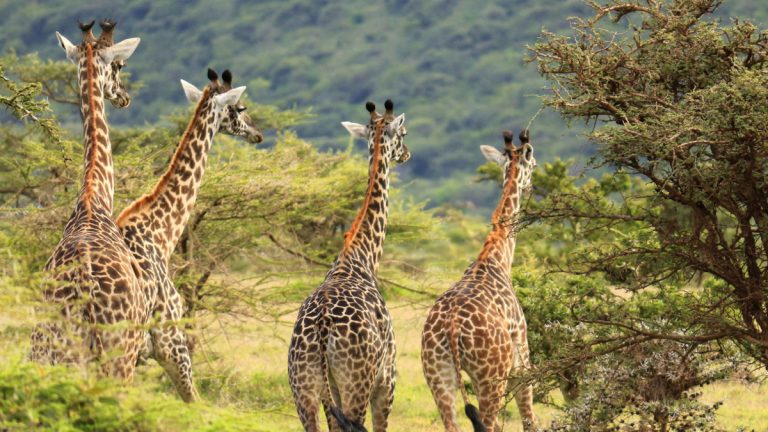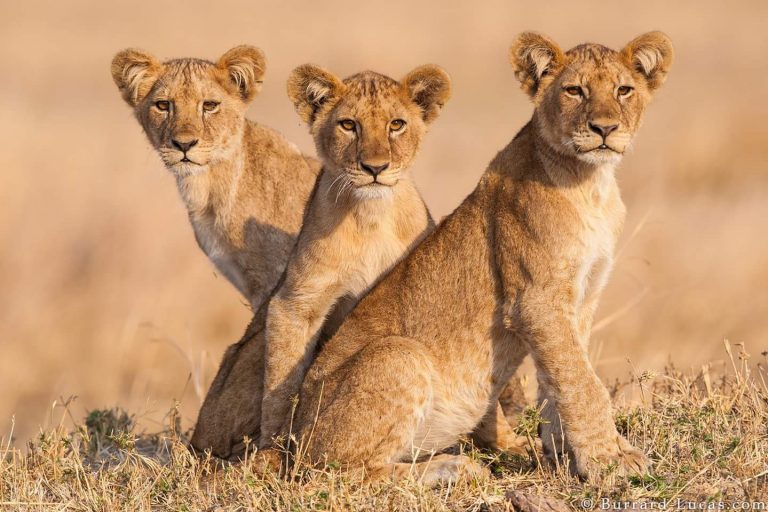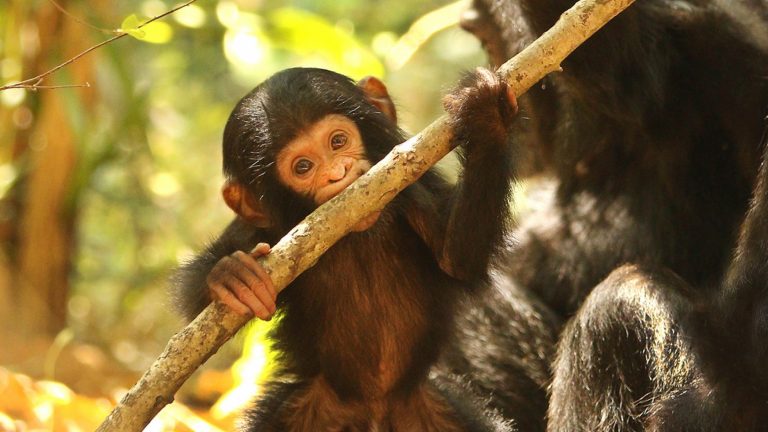Lake Manyara National Park
Tanzania’s Arusha and Manyara regions are home to Lake Manyara National Park. The Great Rift Valley is home to Lake Manyara National Park. Before a game reserve was established there in 1957, the area was used for sporting hunting. It is a 325-kilometer-long national park that was established in 1960. Lake Manyara takes up the largest portion of the park.
The best time of year to go on a Tanzania tour is during the dry season, when there is the least amount of rainfall. The driest months of the year are July, August, and September, while January, February, and March are the warmest months. These months also have the highest average high temperature and the fewest rainy days on average.
The short rains from November to December and the long rains from March to May are the two rainy seasons. April has the rainiest days and is the wettest month of the year in terms of rainfall. It’s not a good idea to take tours to Lake Manyara National Park during the rainy season because the weather makes it difficult to see and photograph wildlife.
Attractions in Lake Manyara National Park
Large herds of elephants, giraffes, leopards, impalas, bushbuck, hippos, warthogs, spotted hyenas, zebras, and wildebeests are among the many attractions in Manyara National Park. Vervet and blue monkeys are examples of primates.
Although Manyara is best known for its flamingos, the park is also home to a wide range of other bird species, including the Great White Pelican, Yellow-billed Stock, Marabou Stork, Ayer’s Hawk-Eagle, egrets, Sacred ibis, Saddle-billed Stork, Stilts Herons, and spoonbills.
Tourists who visit the park can enjoy a beautiful view of the Great Rift Valley escarpments.



